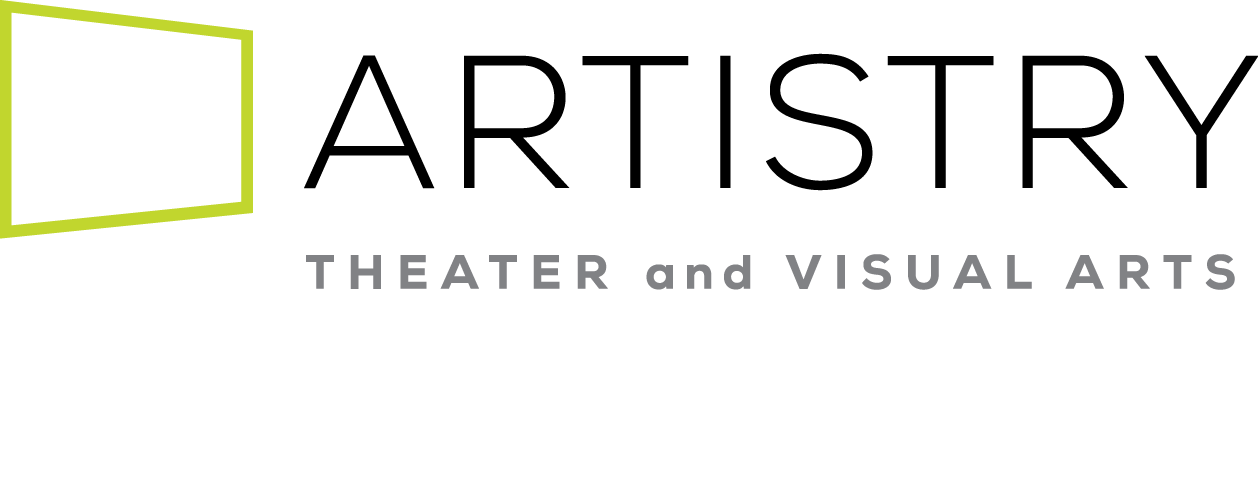DISASSEMBLED, JUXTAPOSED, TRANSFORMED
Featuring Lisa Marie Barber, Karlyn Atkinson Berg, and Nathan Stromberg
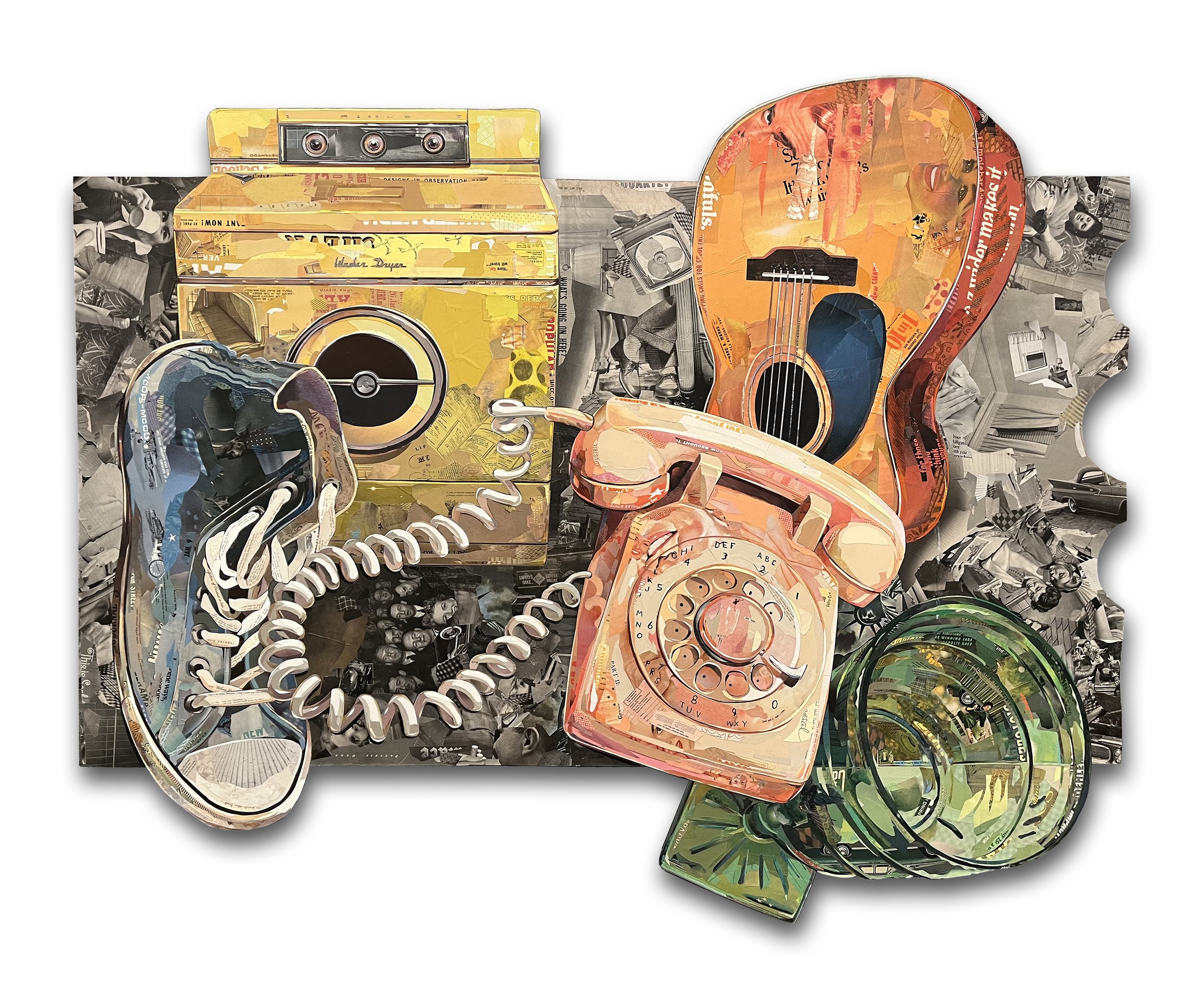
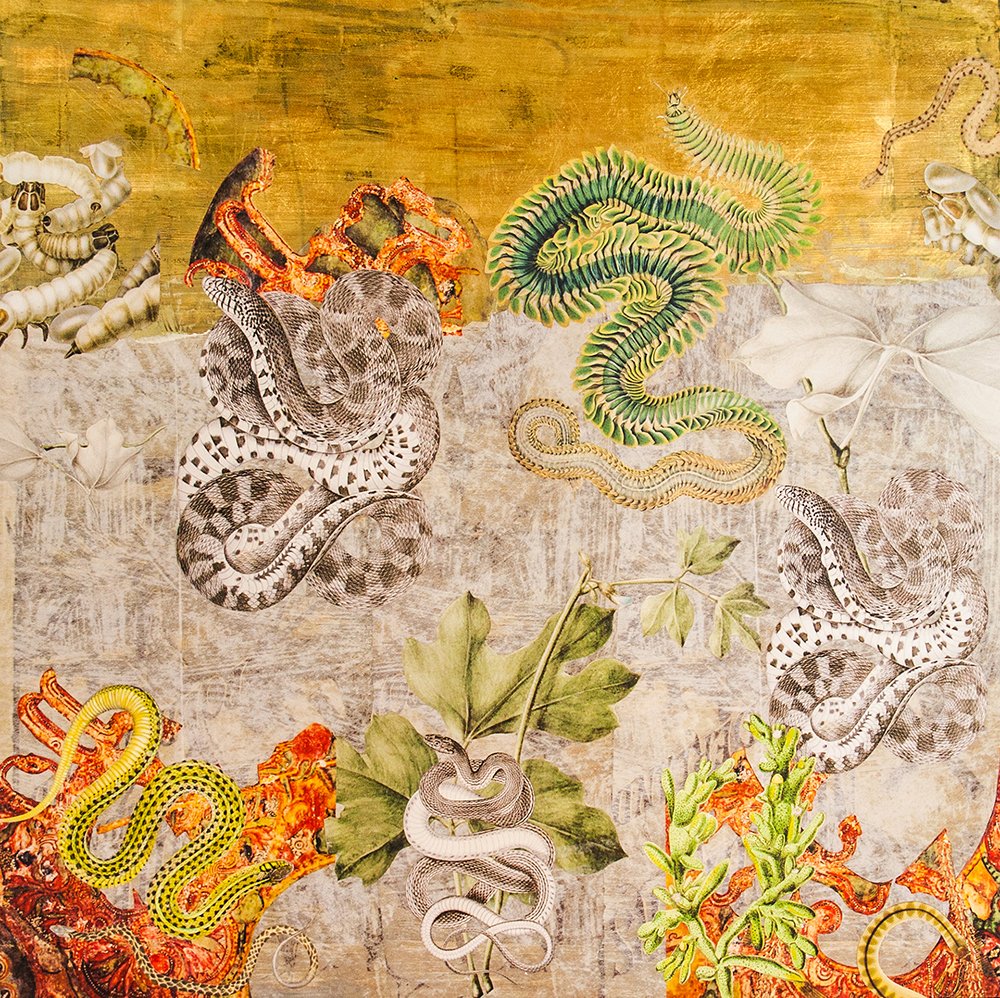
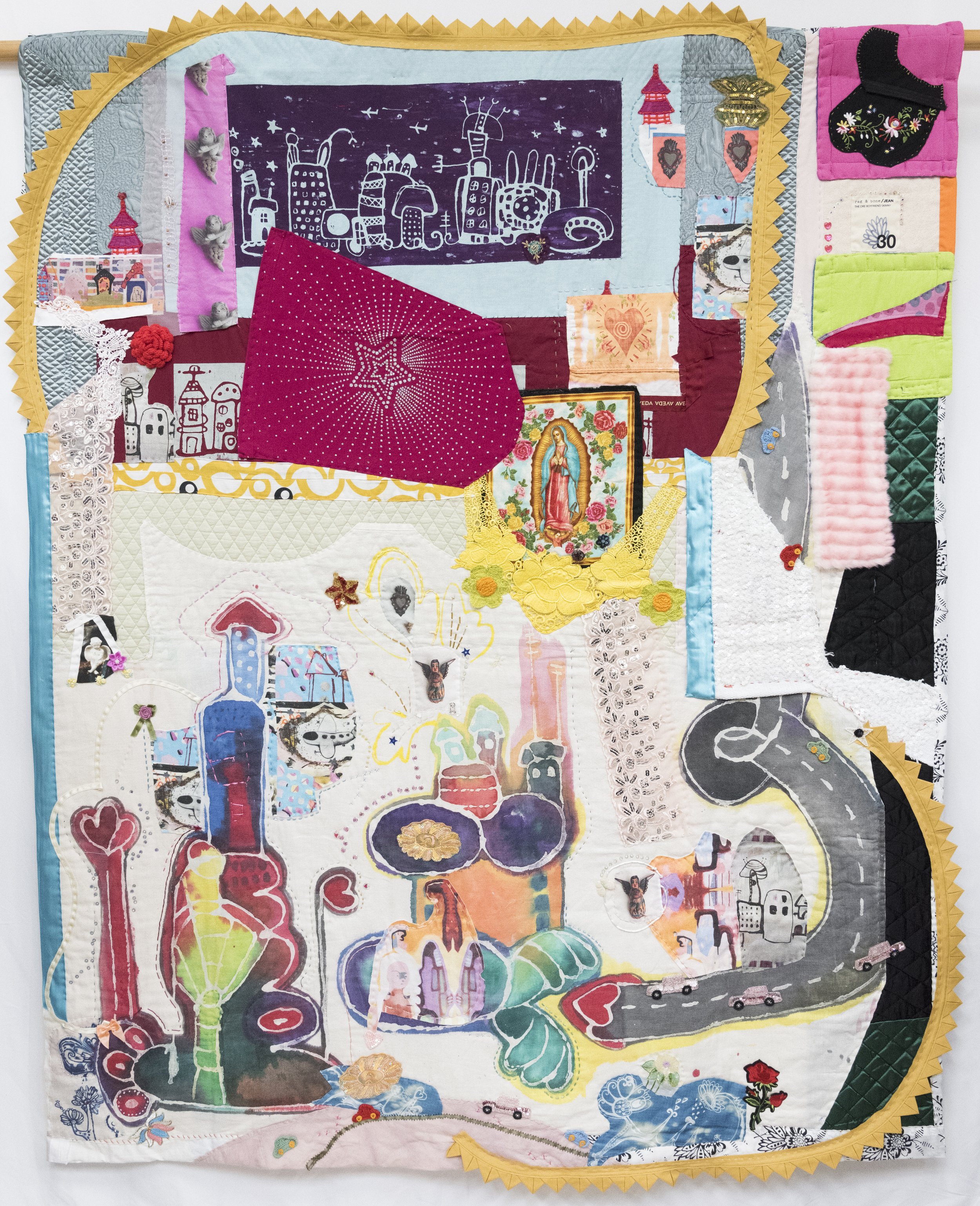

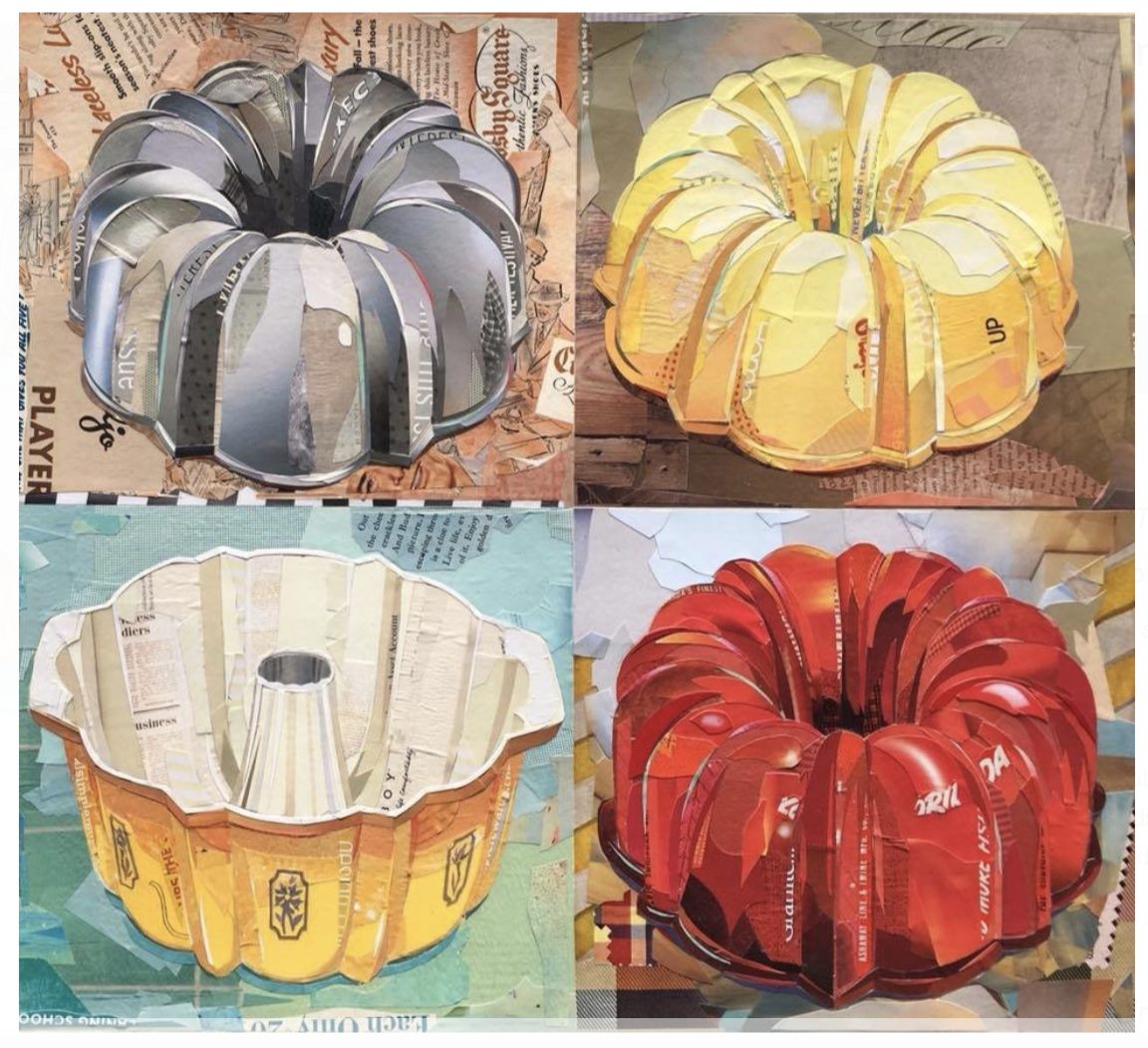
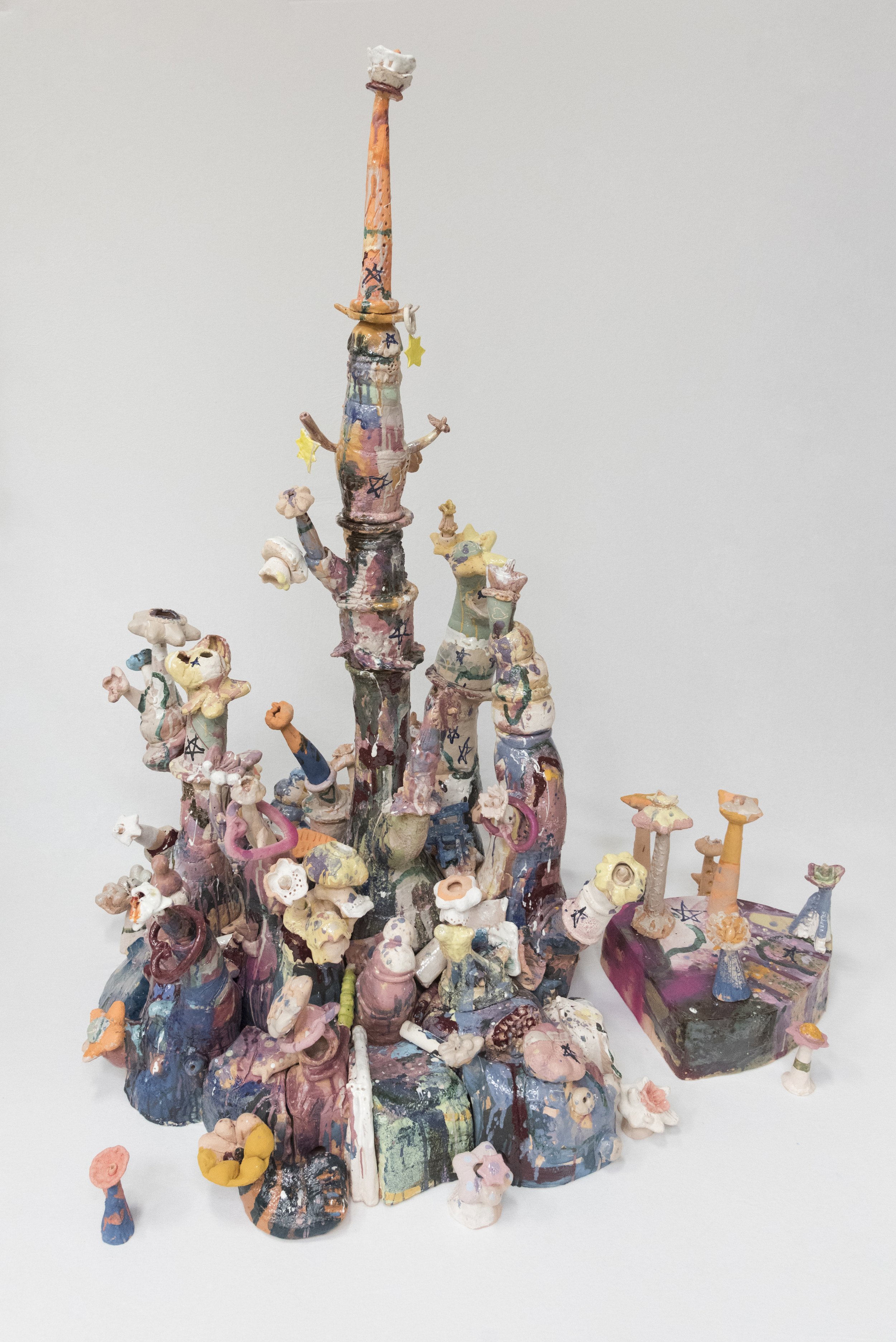
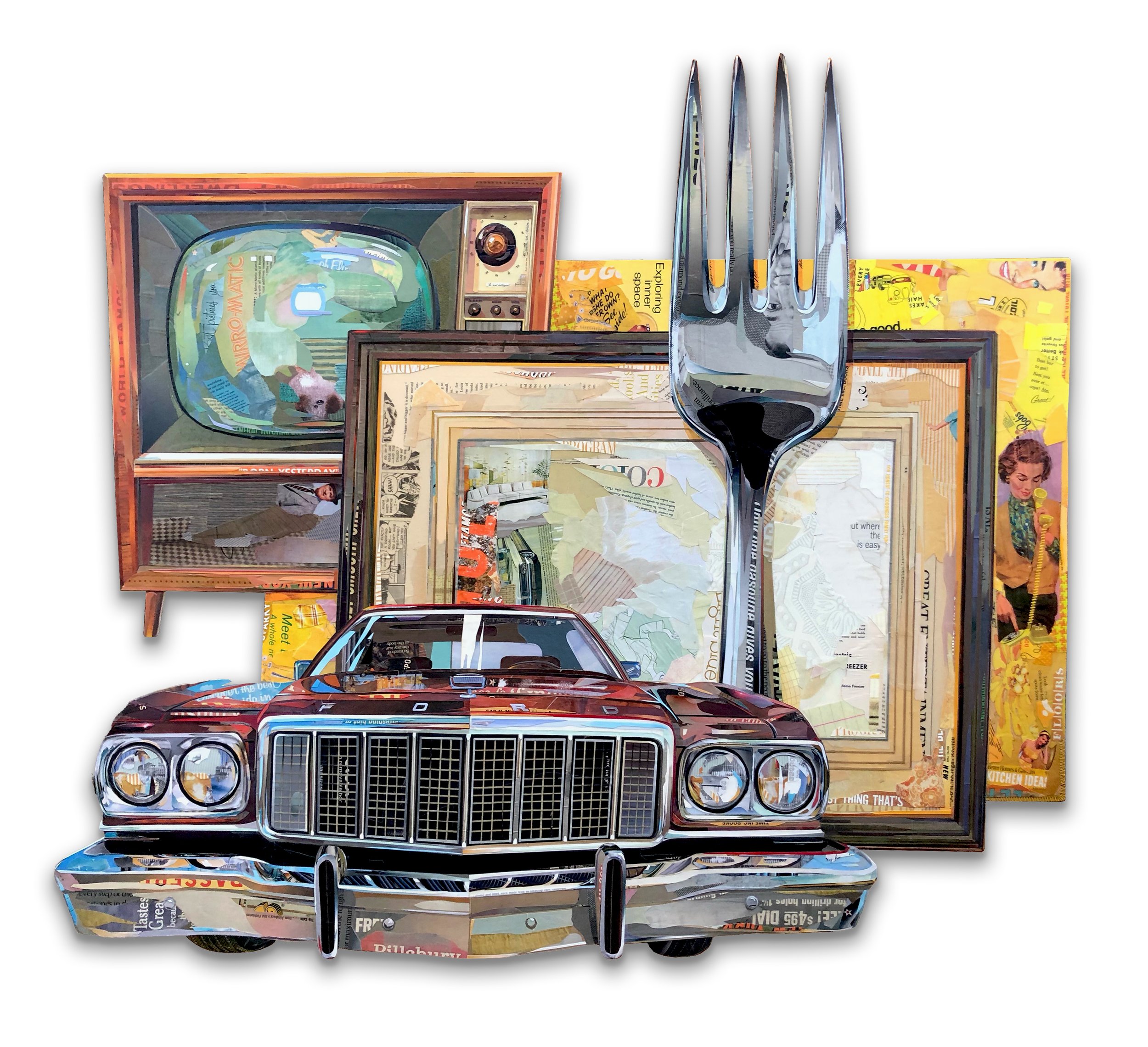
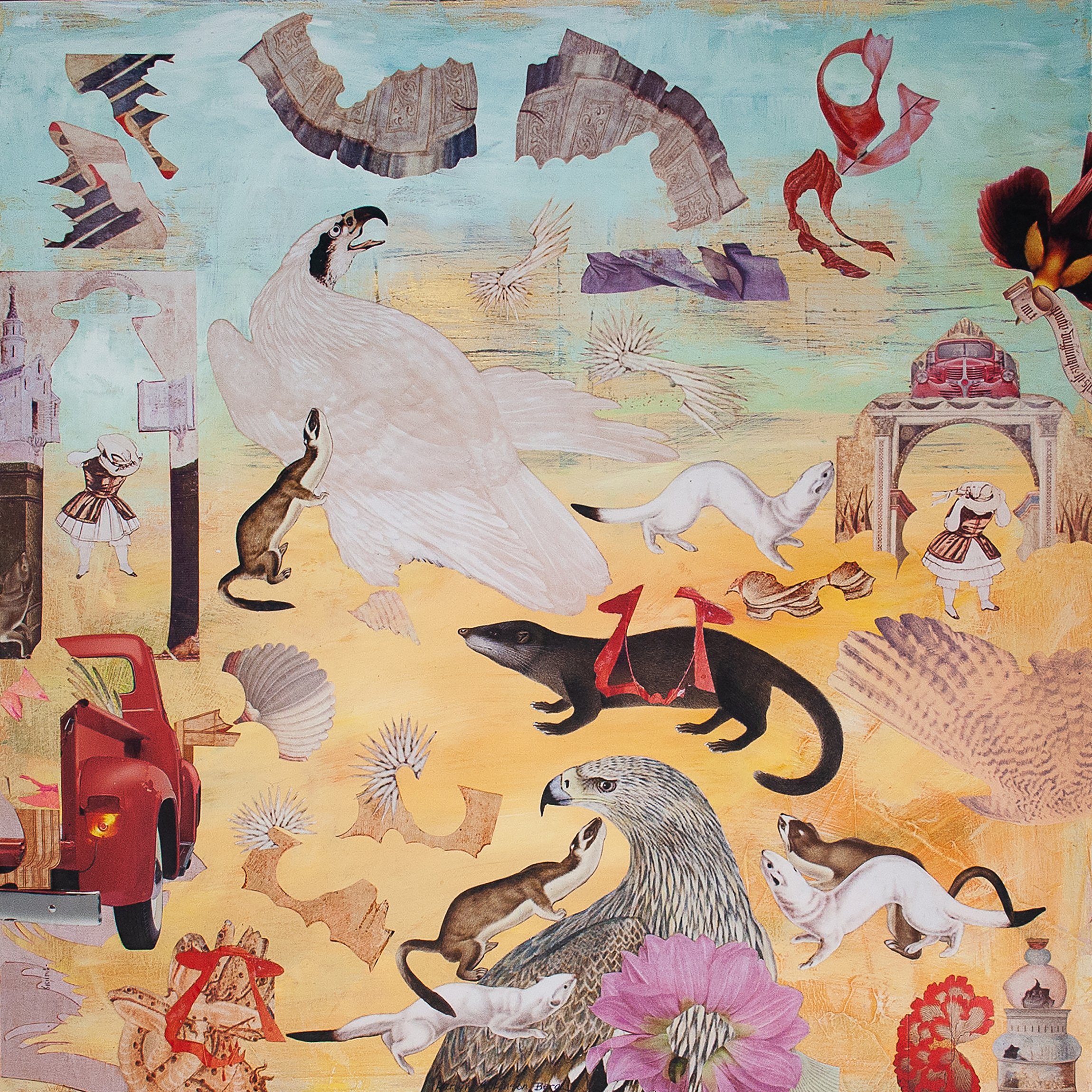
ABOUT THE ARTISTS
Lisa Marie Barber
Originally from Tucson, AZ, Lisa earned her BS in Sociology/Art minor at Northern Arizona University (1992) and MFA from the University of Texas at Austin (1998). She is currently a full Professor in the Department of Art and Design at the University of Wisconsin-Parkside, Kenosha, where she teaches and serves as the Community Liaison in the Arts. Prior to her professorship, she worked as a university and youth art instructor in the San Francisco Bay Area.
Lisa’s aesthetic sensibility is rooted in Central American Folk Art and the Mexican Catholic shrines of her heritage and upbringing in Tucson, Arizona. Deliberate with showcasing the “handmade” quality of her work, she uses low-tech methods to create large assemblage ceramic sculptures and installations, as well as mixed media quilts. Her work encompasses imagined conceptions of home, gardens, peacefulness, playfulness, and celebration. She strives to have her work be accessible to audiences of all ages and backgrounds.
In addition to exhibiting nationally with over 50 solo/two-person exhibitions to her credit, Lisa has held Artist-in-Residence positions at City University of New York, Hunter College; Northern Clay Center, Minneapolis; Watershed Center for Ceramic Art, Newcastle, ME; Kimmel Harding Nelson Center for the Arts, Nebraska City, NE; University of Arizona, Tucson, AZ; Mendocino Art Center, California; and Clay Studio of Missoula, Montana. She has received numerous honors and led workshops from New York to California.
Learn more at www.LisaMarieBarber.com.
Karlyn Atkinson Berg
Karlyn graduated from Rhode Island School of Design, and continued graduate studies at Pratt University in printmaking. While studying painting at Rhode Island School of Design she worked primarily with acrylic, oil and printmaking. However, the collage medium became her passion and has been the main focus of her work as an artist for 56 years.
ARTIST STATEMENT
I approach the collage medium as a painting not as a mere assembly of images. The painterly quality of my work is dissimilar from some of the common notions about collage work. As I collect materials, I see visual connections. As I arrange the materials, I see the interaction in space and form; colors and shapes intensify.
Each added element builds on the previous one or even result in eliminating other components. What you remove is as important as what you put into the composition. Collage is an associative, nonlinear mode of creating. It can tell a story by incorporating shapes and images without being bound by the need to make an illustration. Many of my works, like nature, will impart both contradictions and similitude, multiplicity of textures, shapes, color, space and unexpected association between unrelated content. I use many images from nature but use image fragments to create a new portrayal of nature and imaginary landscape. My collages are not preconceived, and change as I work. I allow the painting to evolve and transform.
Learn more at karlynatkinsonberg.com.
Nathan Stromberg
My work navigates and comments on the historical space of post-war America as interpreted through the depiction of instantly recognizable period objects.These images possess a stylistic look bound to a specific place in history, a time in our collective American past that made us who we are today. These glimpses of the everyday, such as the shape of a chrome bumper and the stylized design of kitchen objects and period fashion, remain connections to real people through shared memory and speak to a collective national identity. In many ways they are modern icons; instantly recognized representations of a decade’s ideological connotations. I am actively exploring this ideology as both American history and pedigree.Why do we assign memory and meaning to consumer objects of metal and plastic? How is it that we experience the past through relics and what will the visual culture of the present say to those in the future?
The process of making archival images into re-contextualized artworks becomes a means to explore the past and its implications for the present.These images communicate across decades, and have the ability to elicit a wide range of viewer responses, from feelings of nostalgia and longing for lost times to feelings of repression and skepticism. As art objects, the are accessible to nearly everyone and at first glance even appear superficial, but are simultaneously profound in the ideas they explore and the process by which they are made.The action of slowly remaking photographic source material into an artwork compels the viewer to reconsider what is depicted and search for its inherent meaning.The iconic object is given new life in a new context to comment on the ever changing American identity.
Learn more at nathanstromberg.com.
